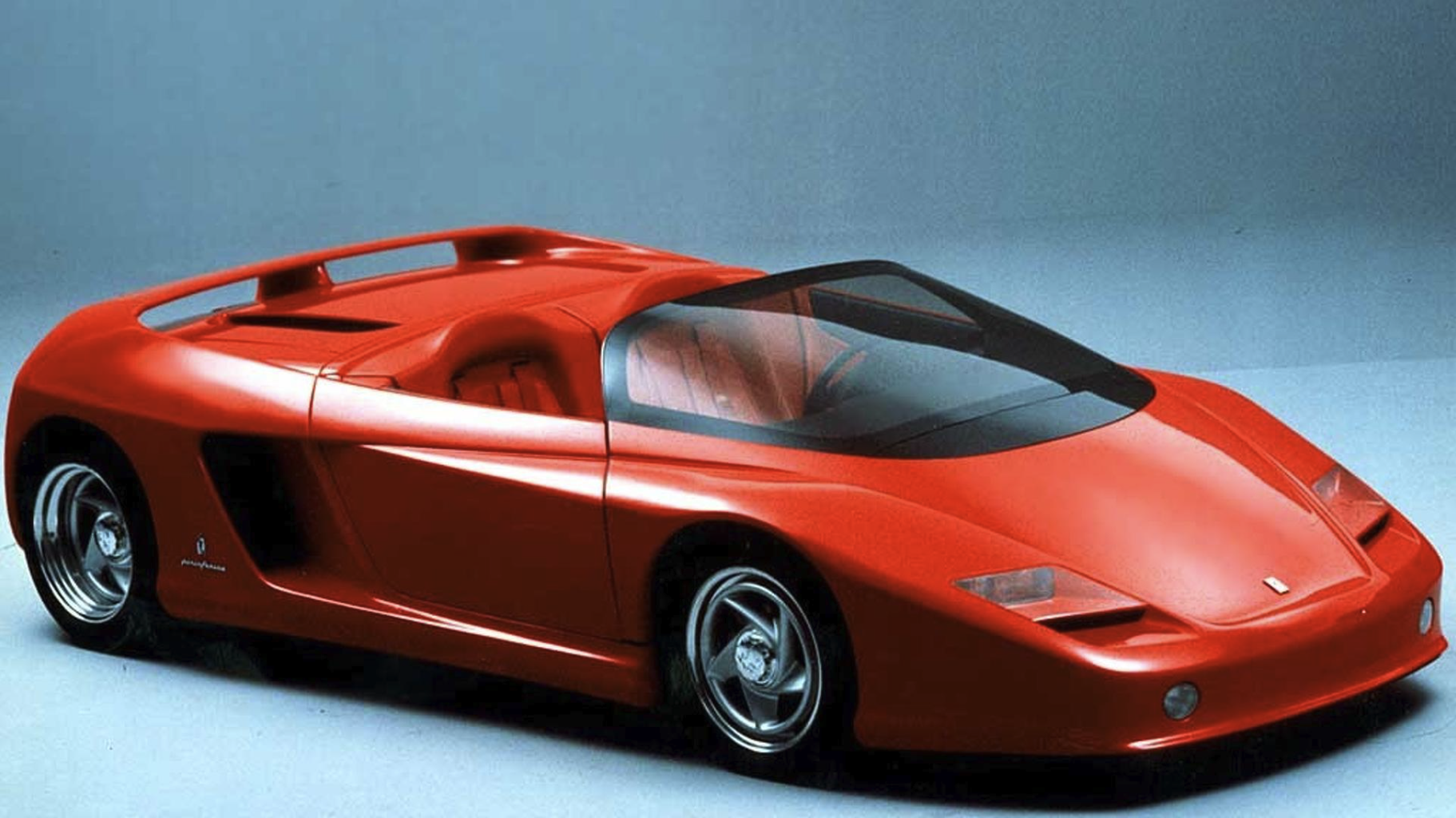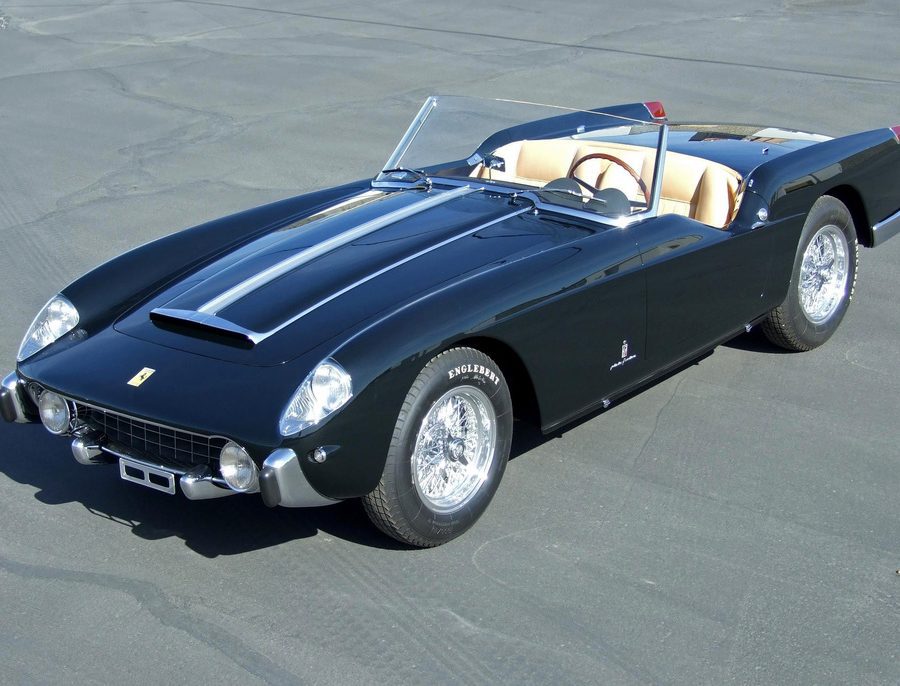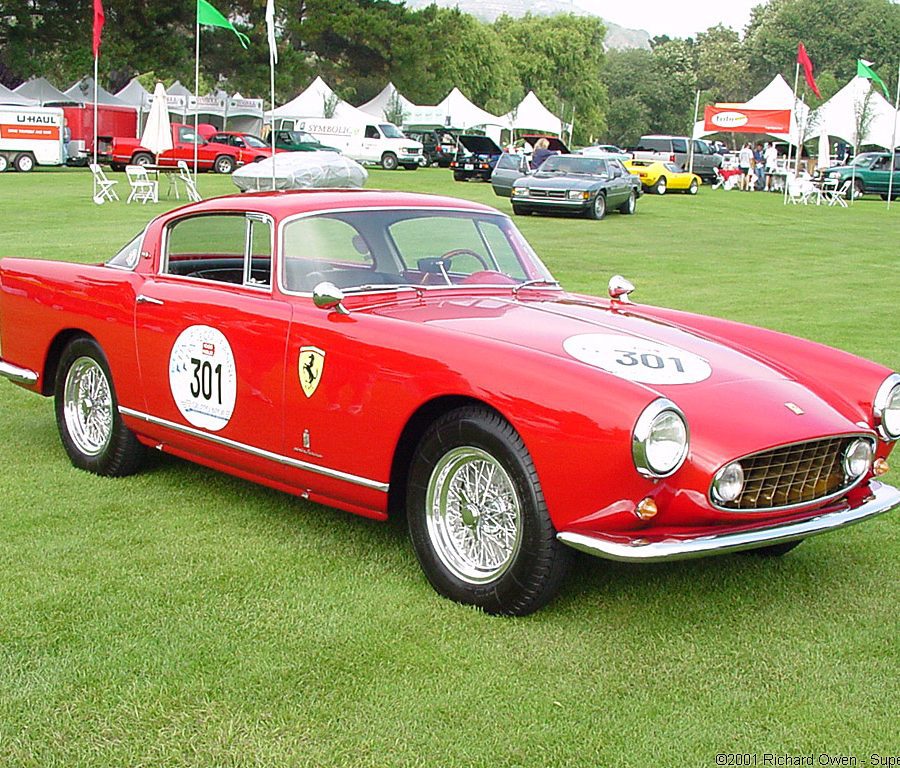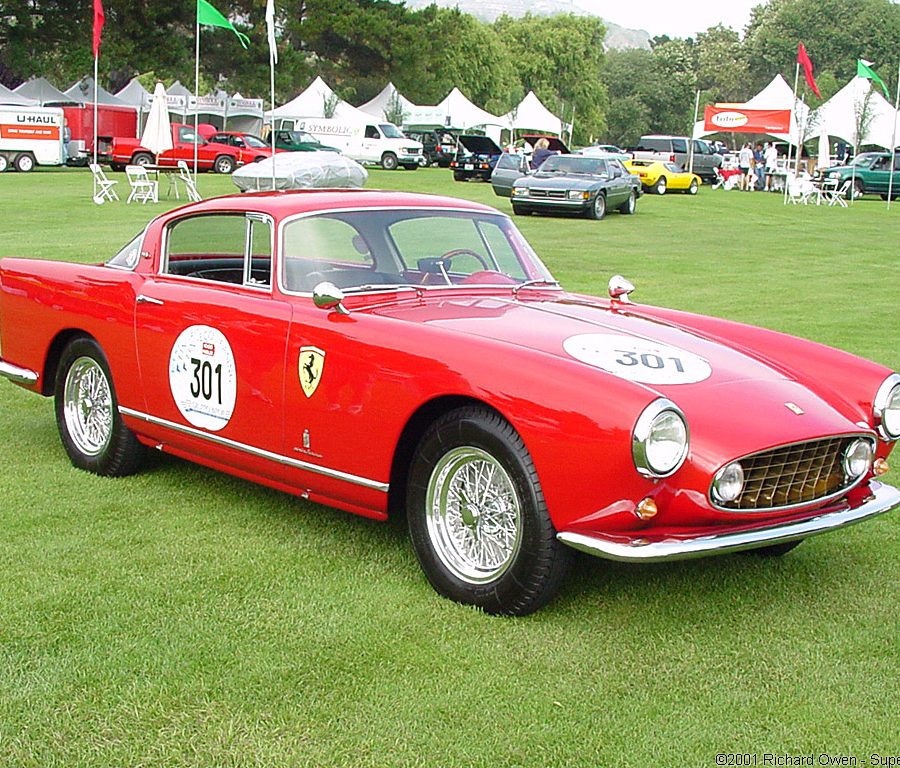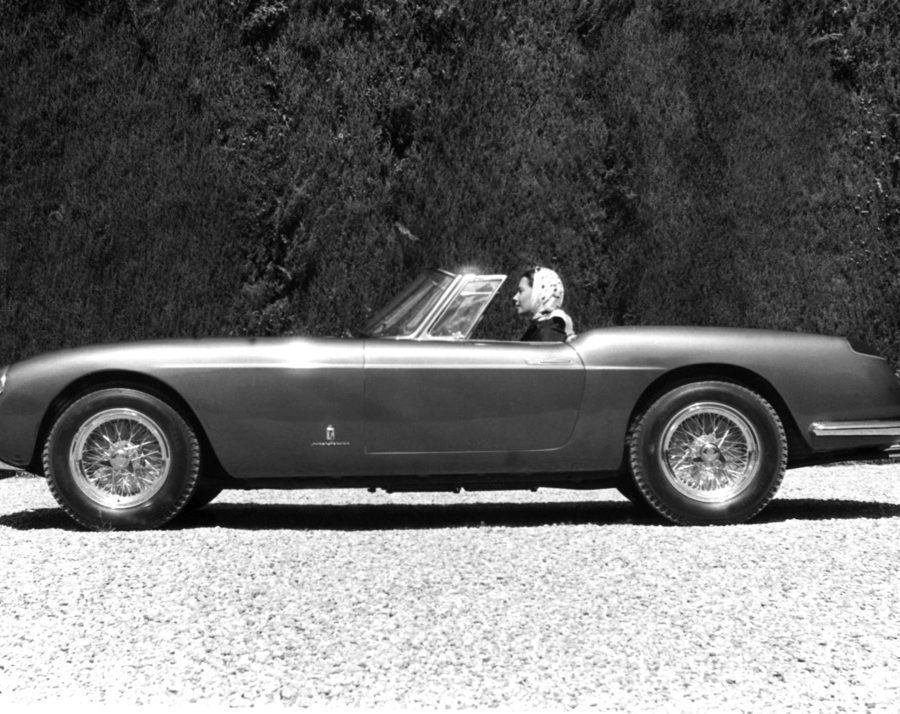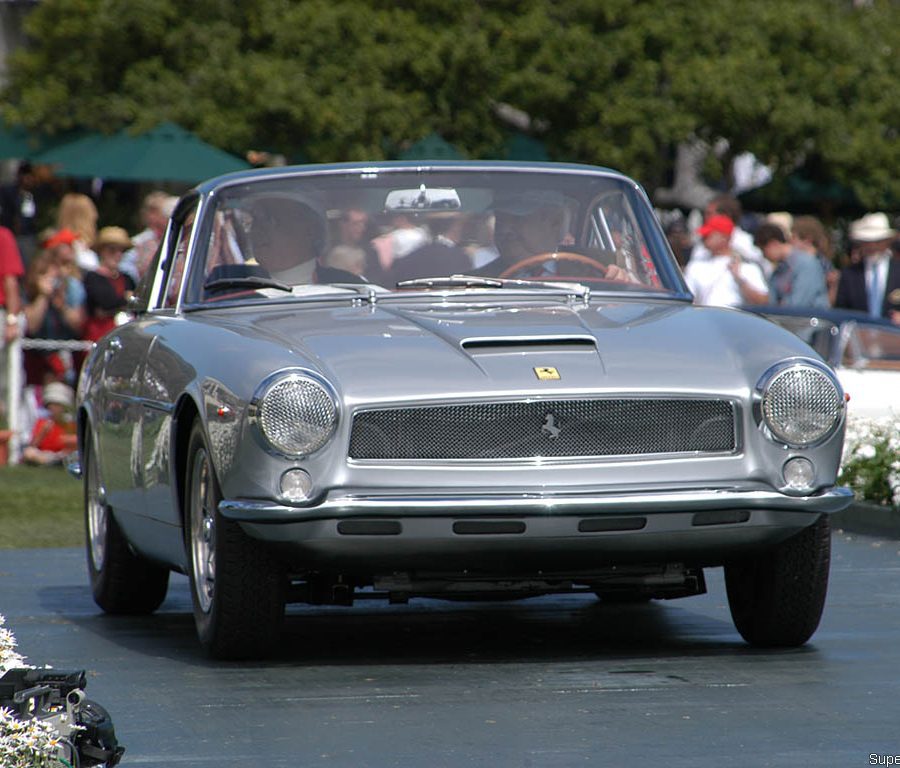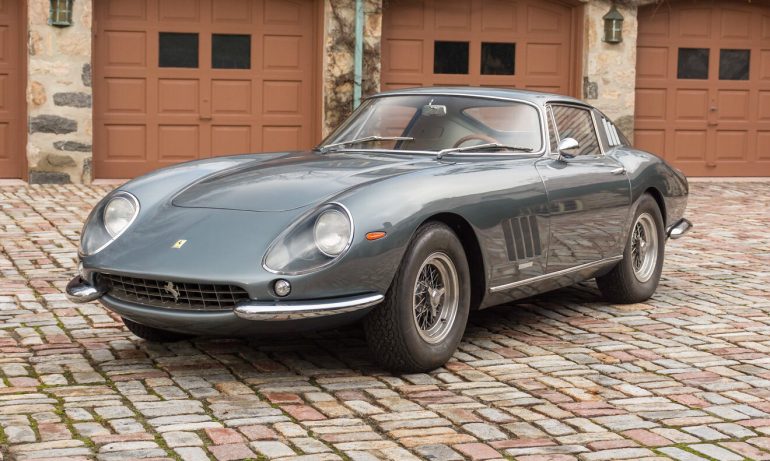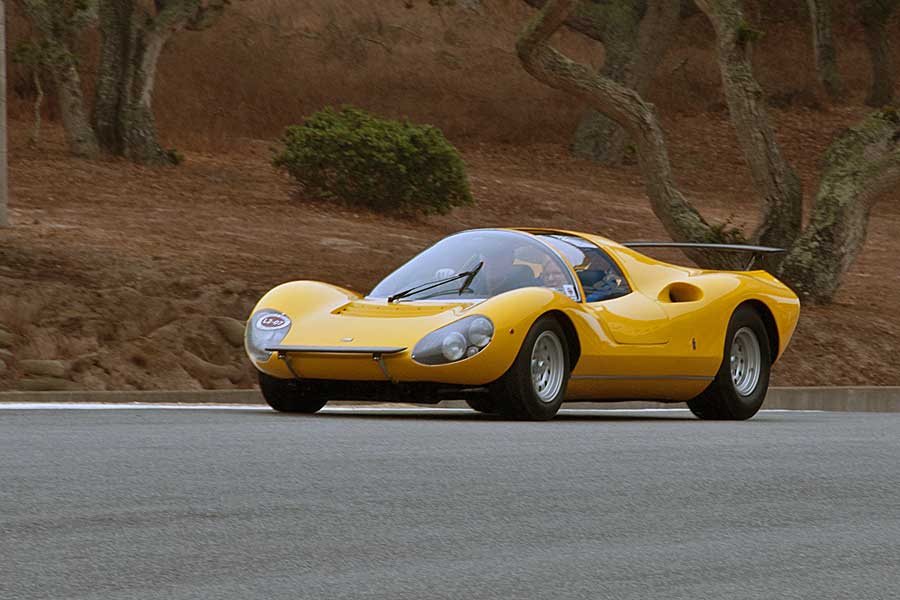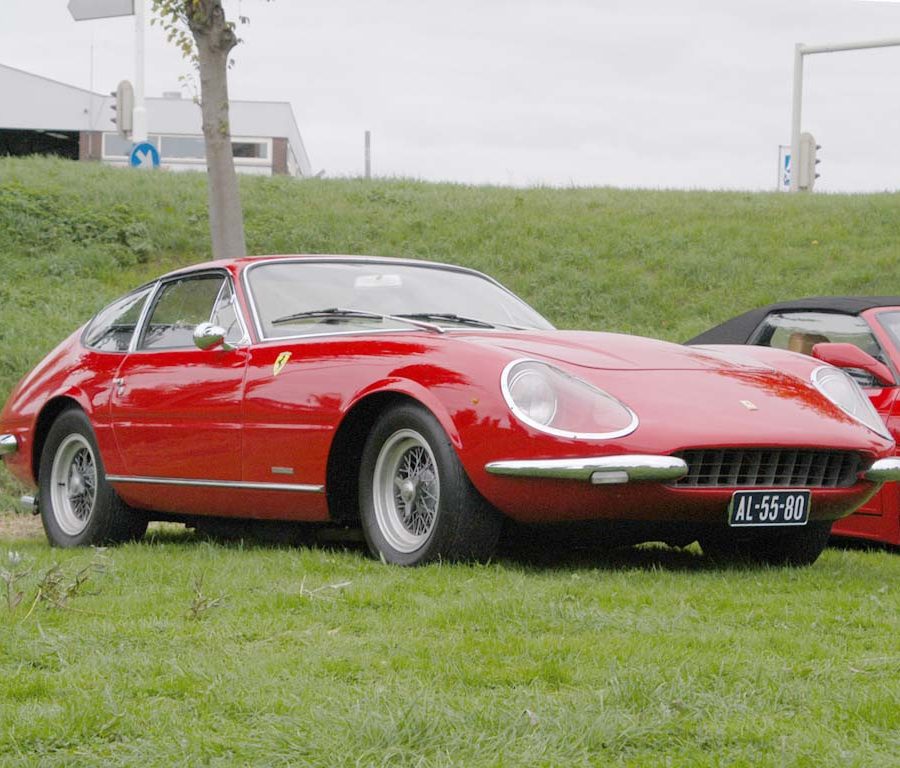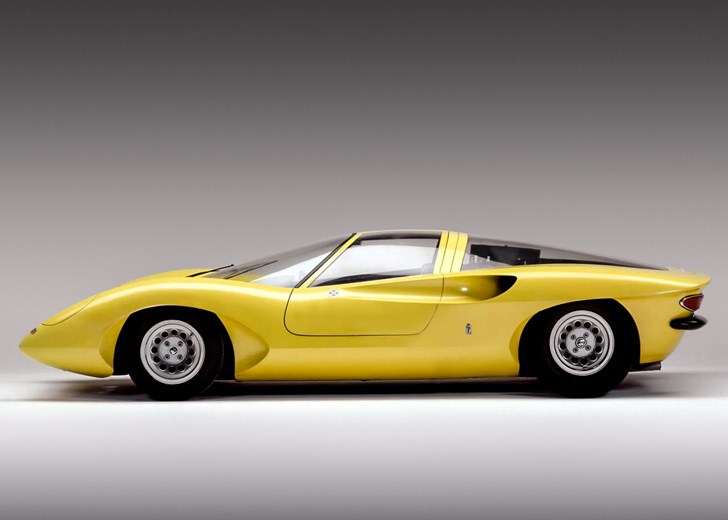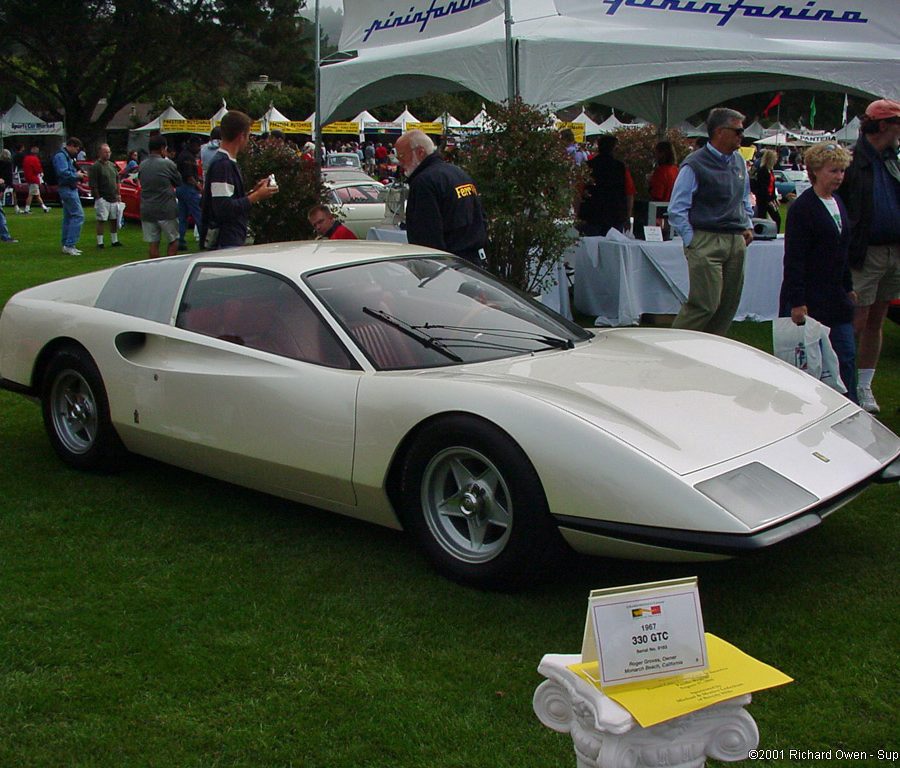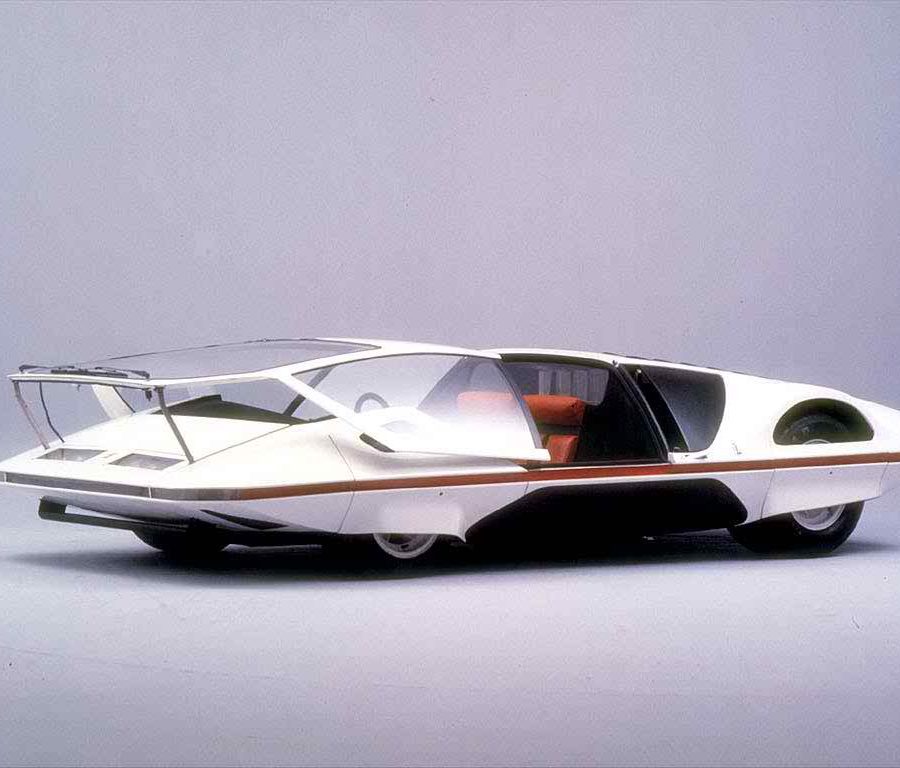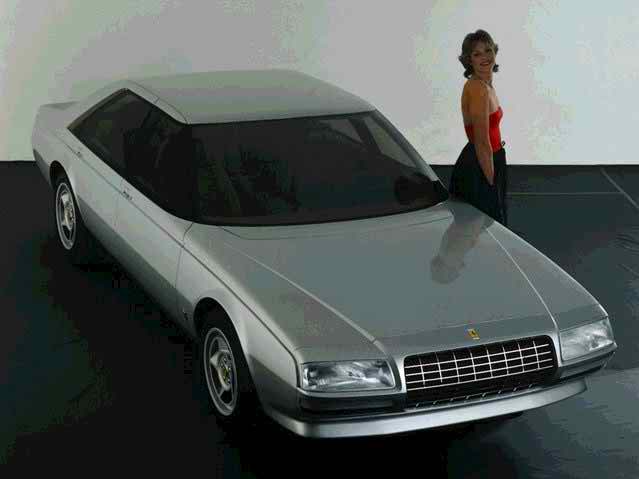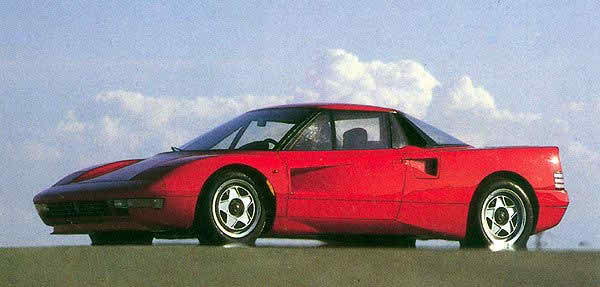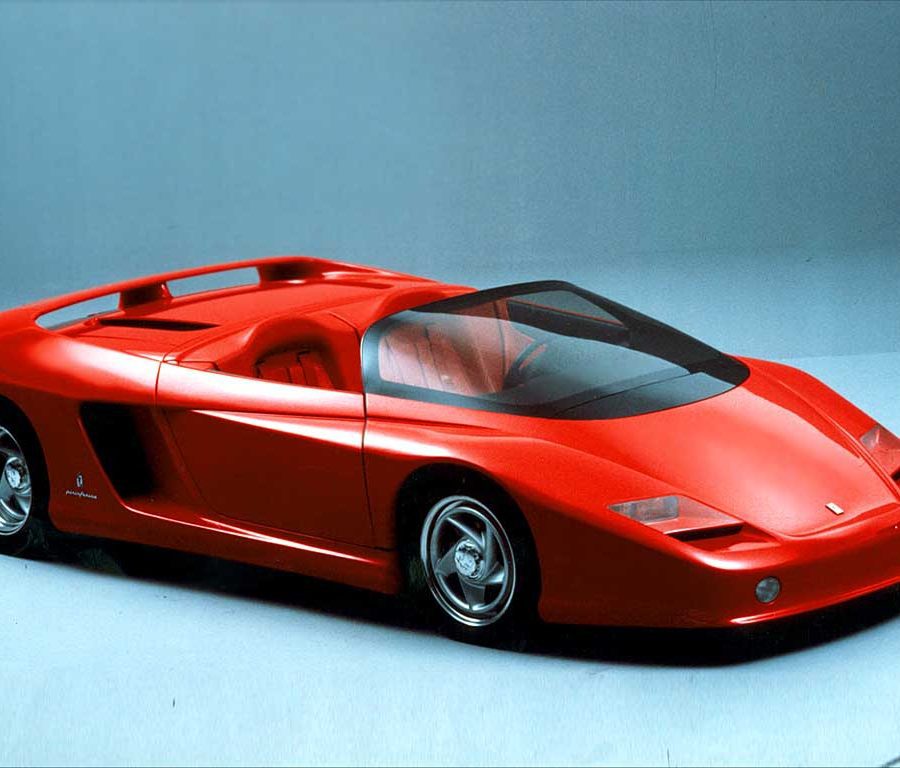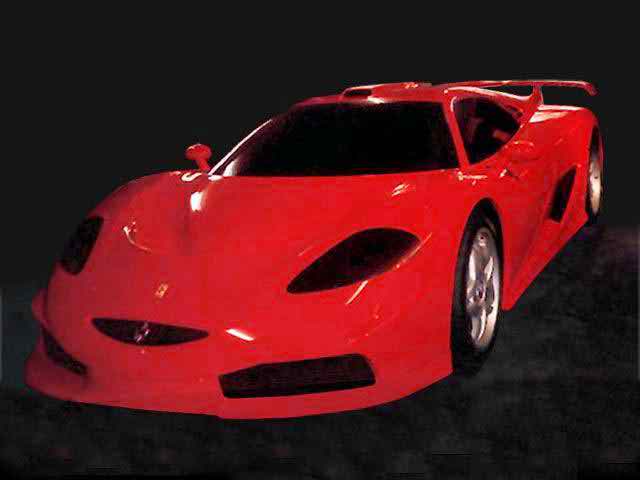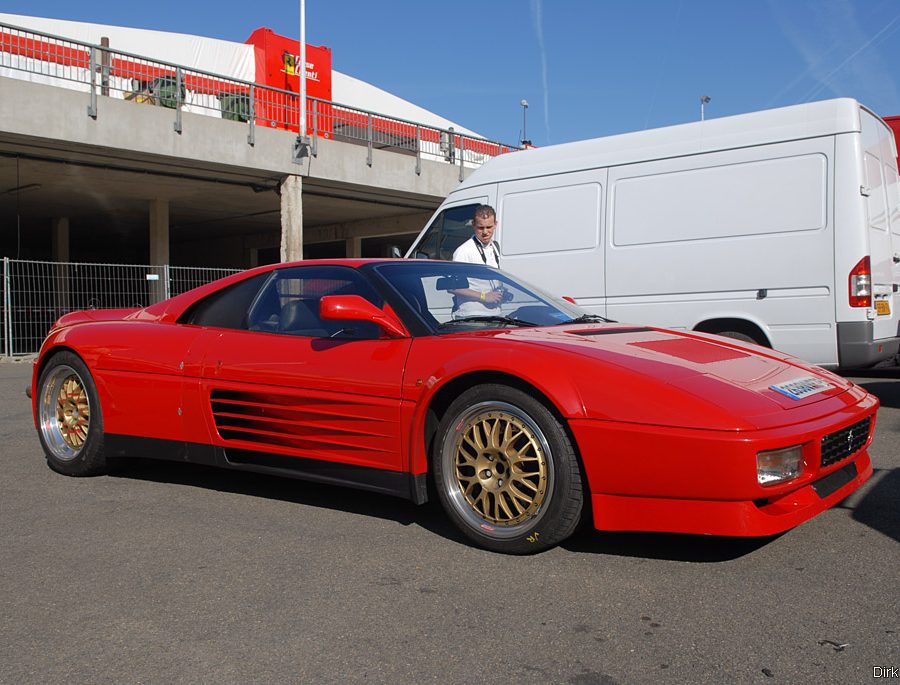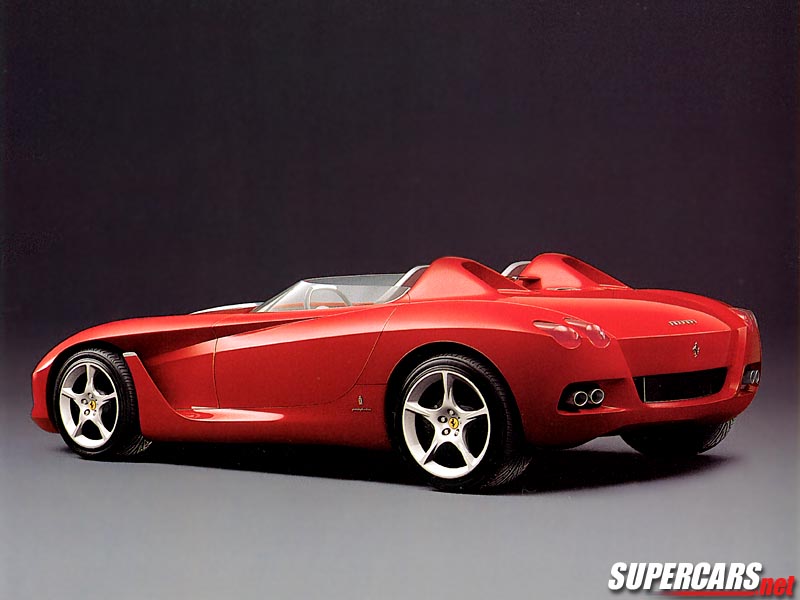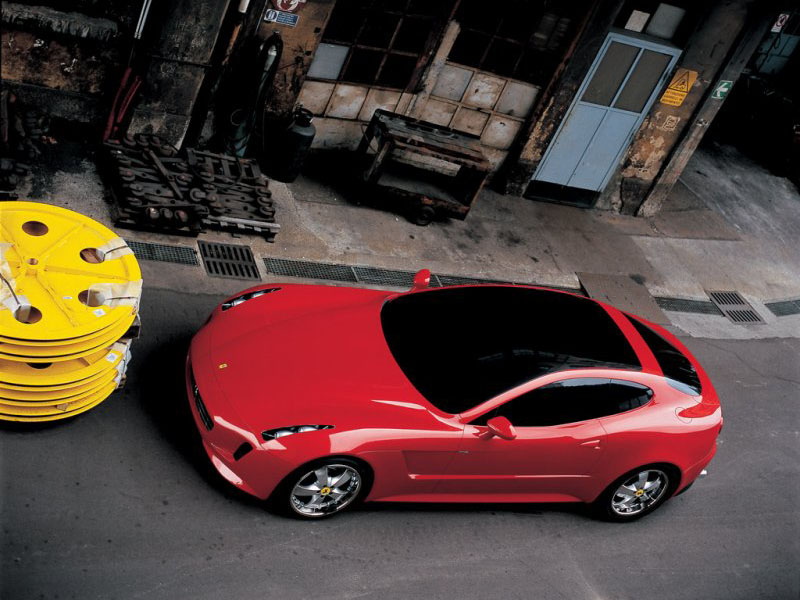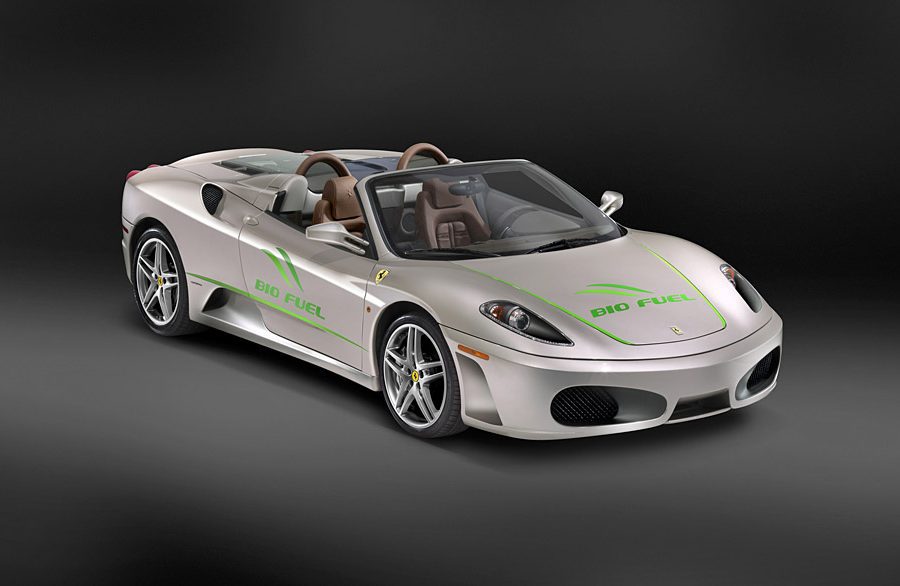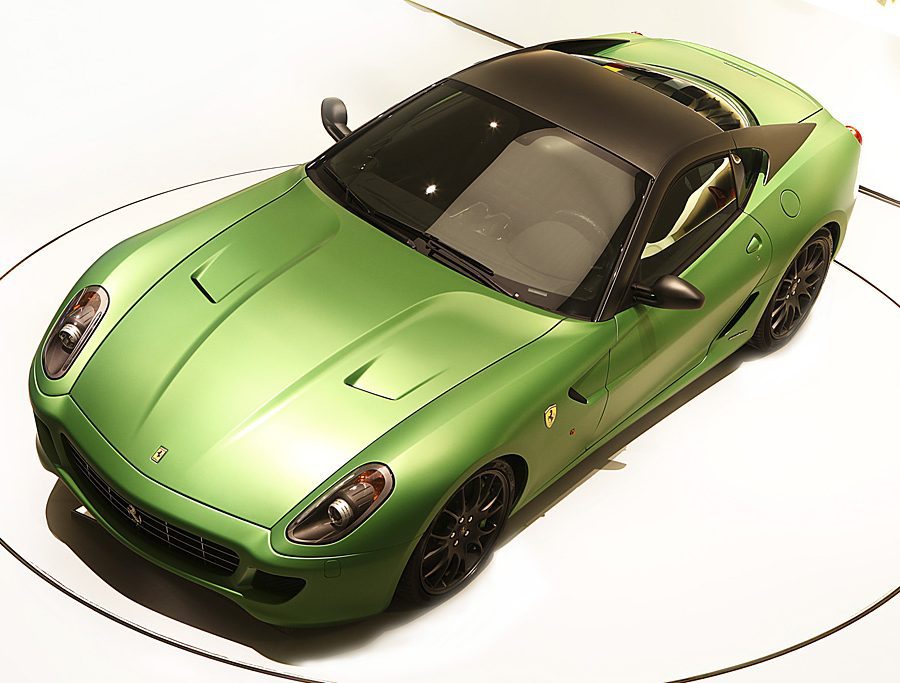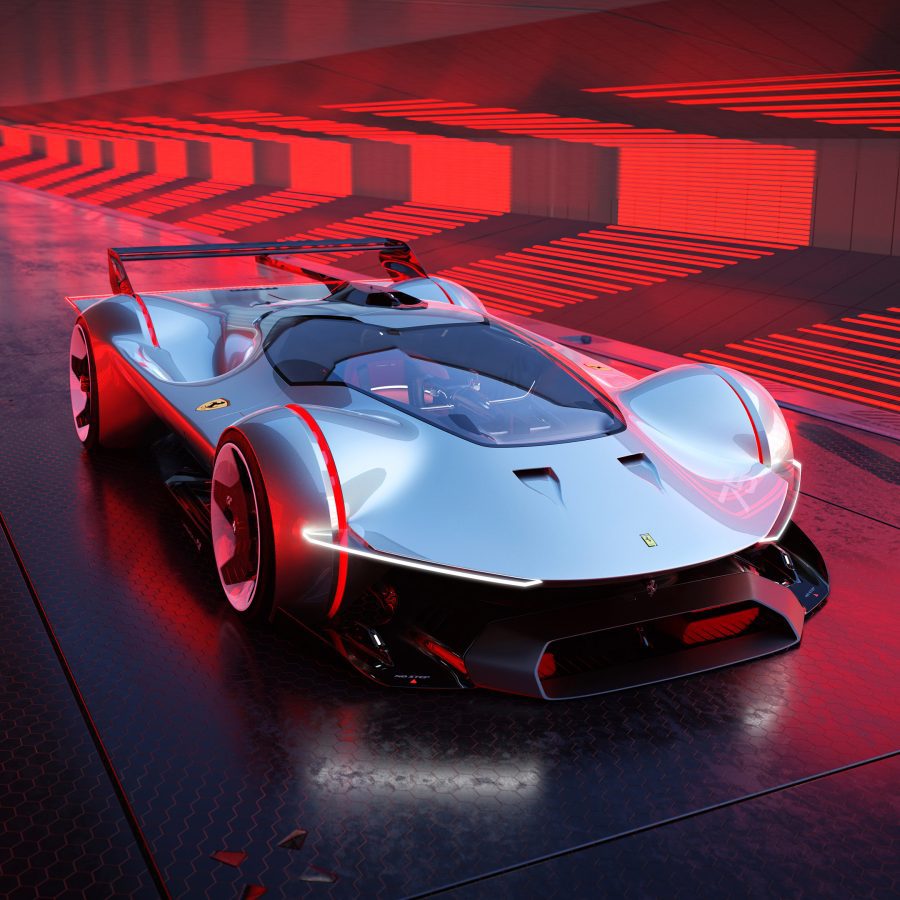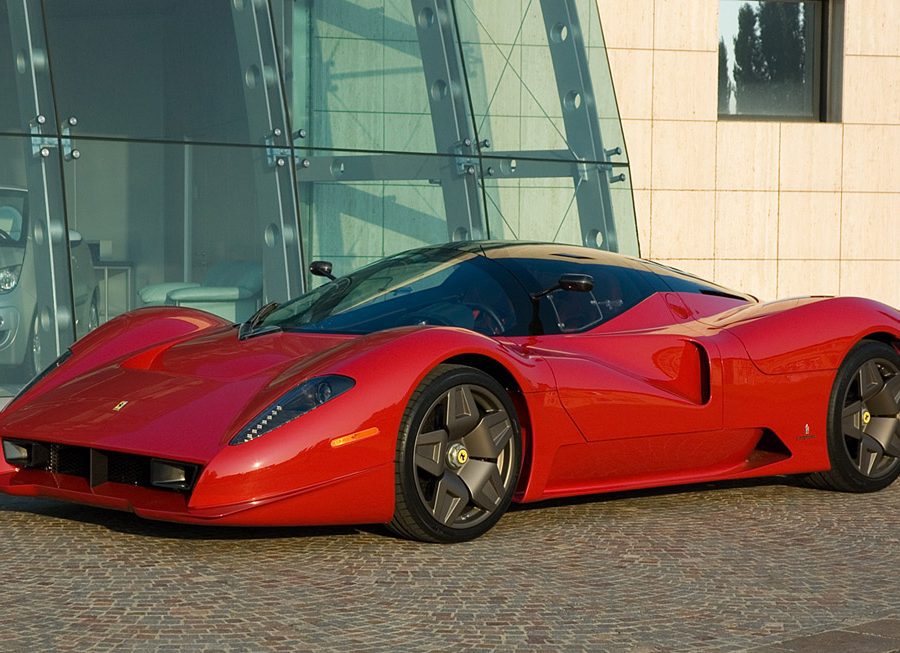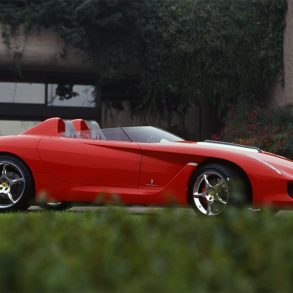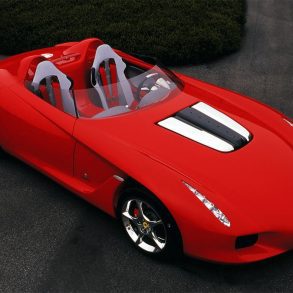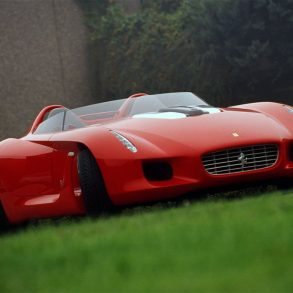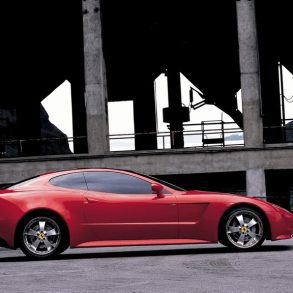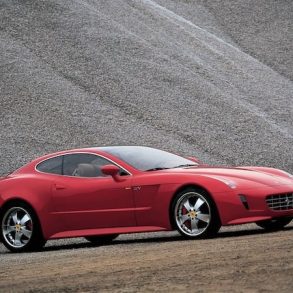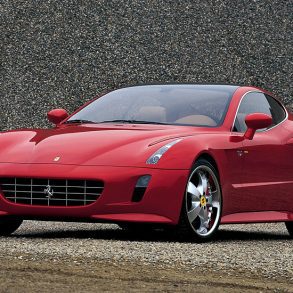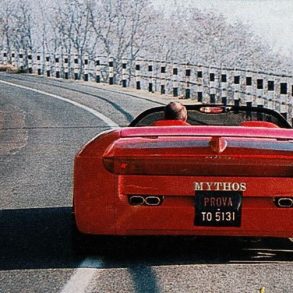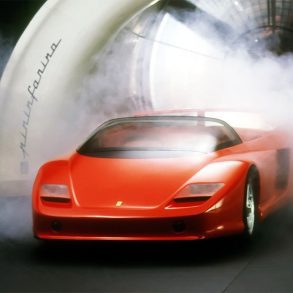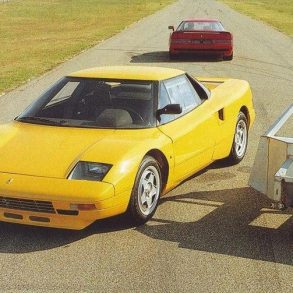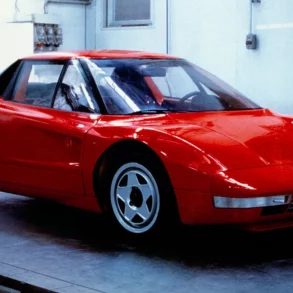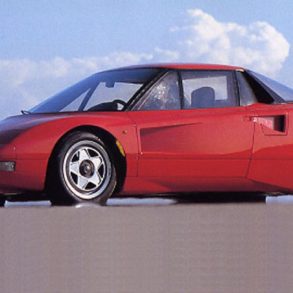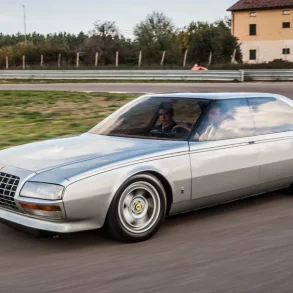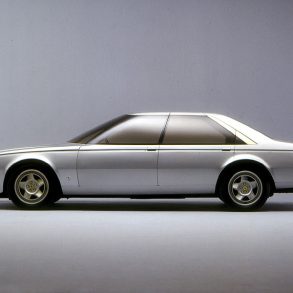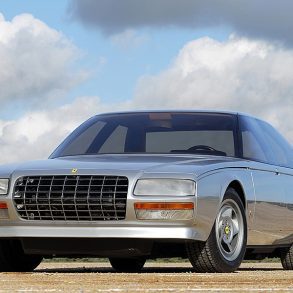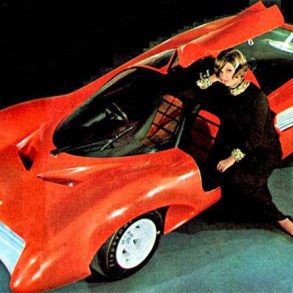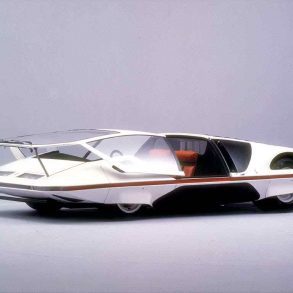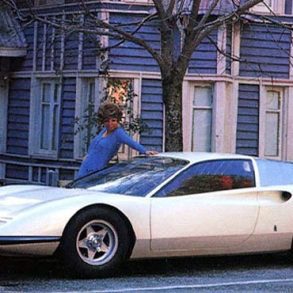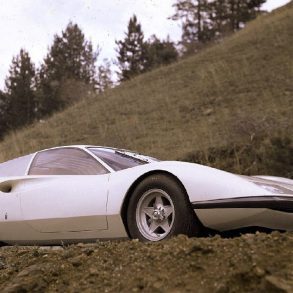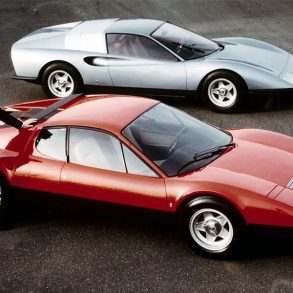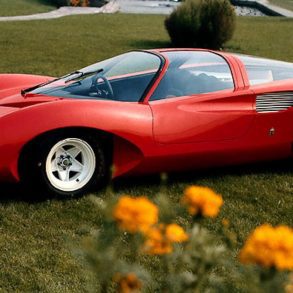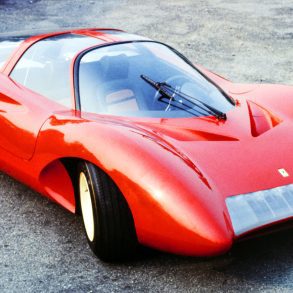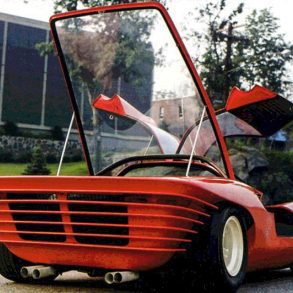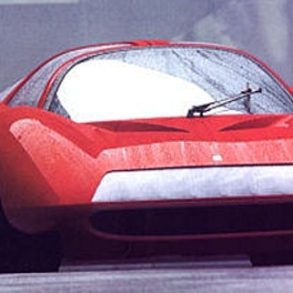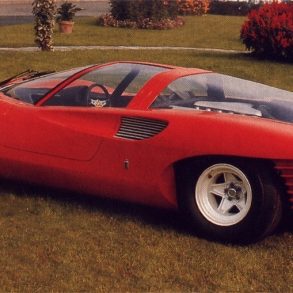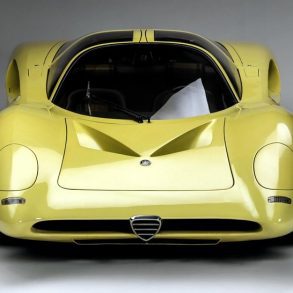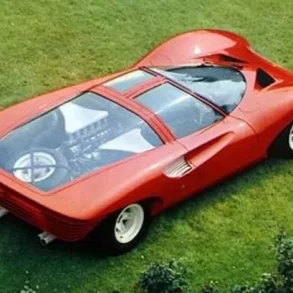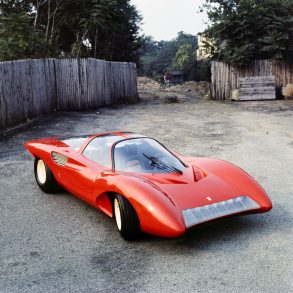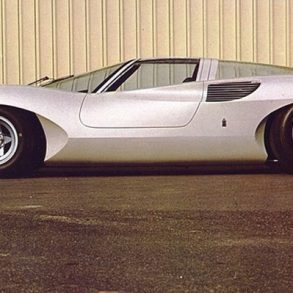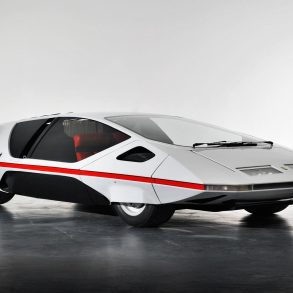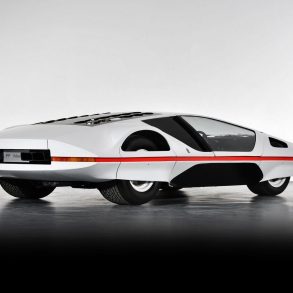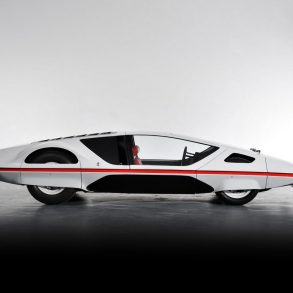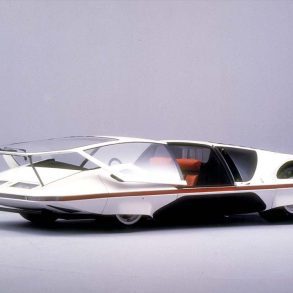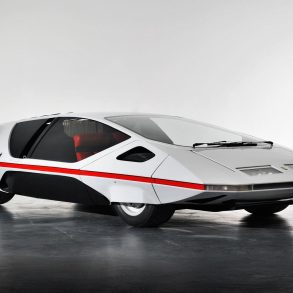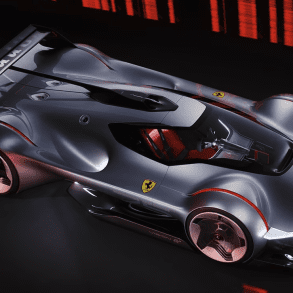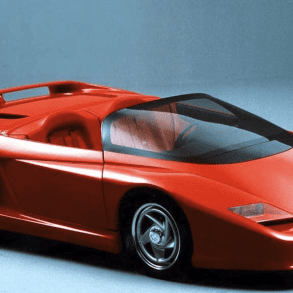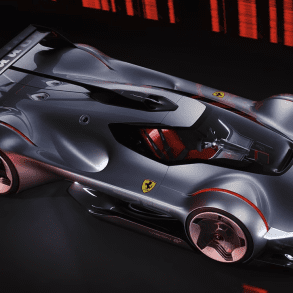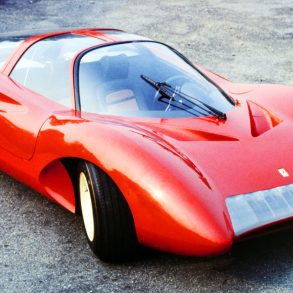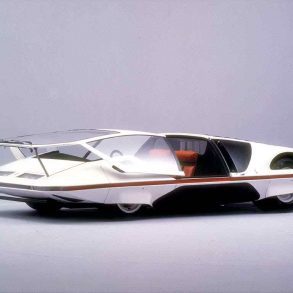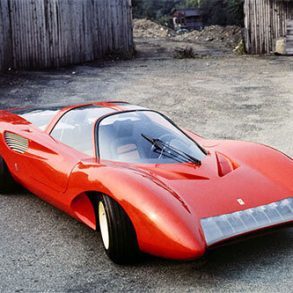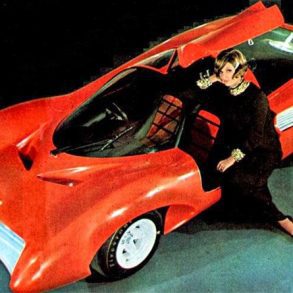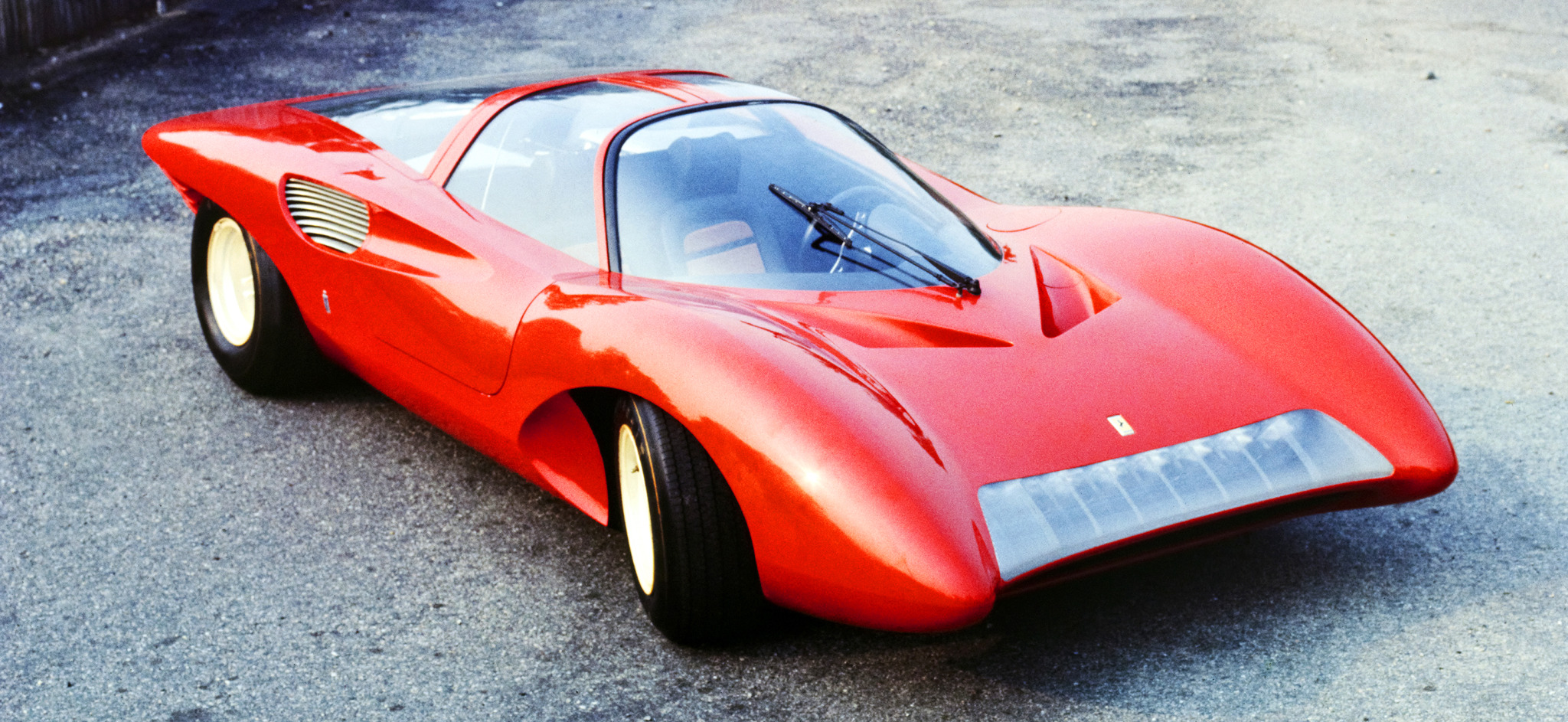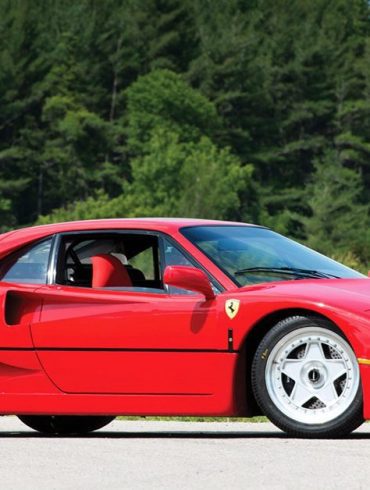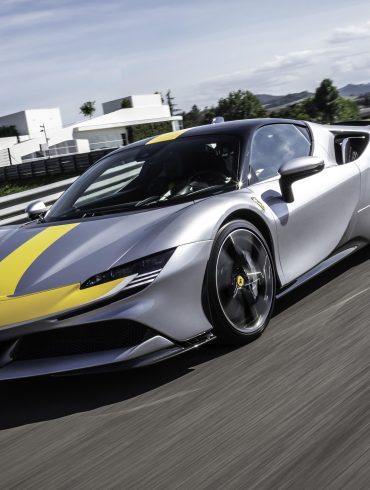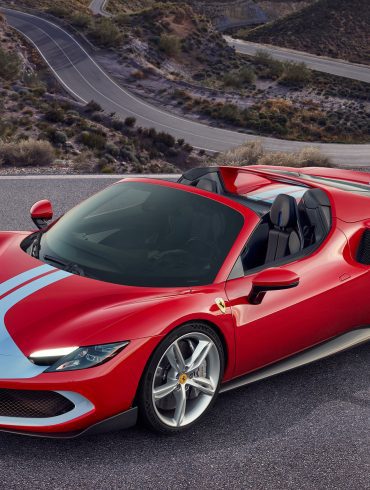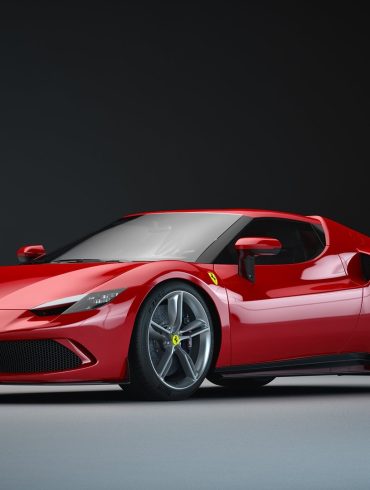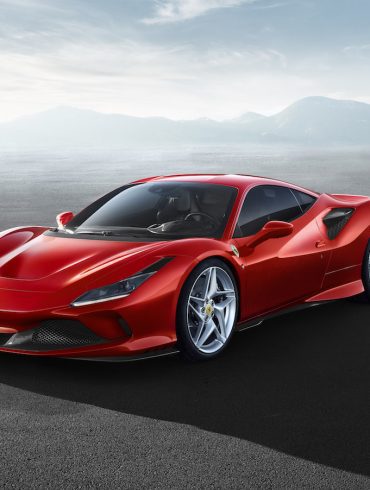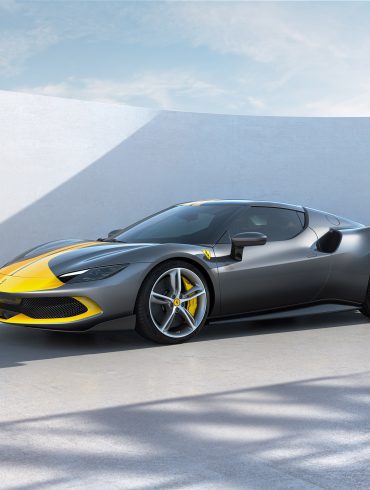Pinin Farina was commissioned to make Ferraris first Cabriolet and started with chassis 0655GT for the 1957 Geneva Motor Show. It was a prototype that was well decorated for the 1957 Geneva Auto Show and it also sketched the basic outline for 39 more copies. The rear bodywork of the prototype was much different than the later production versions. It had much more prominent rear tail fins and lights at the end of the peaks. The whole design was smoothed out for the production versions. Still one of the most stunning Ferrari designs in my opinion.
Ferrari Concept Cars
Step into the fantastical realm of Ferrari's wildest dreams! This is your ultimate guide to the Prancing Horse's concept cars, where imagination runs wild and the boundaries of automotive design are pushed to the extreme. From futuristic prototypes to radical reimaginings of iconic classics, we'll explore every concept and design study ever created by Ferrari, delving into their history, technology, and impact on the automotive world. And in the end, we'll crown the best Ferrari concept car of all time. Get ready for a journey through innovation, beauty, and the sheer audacity of Ferrari's visionary creations!
Full Model List / Models In-Depth / Image Gallery / Best Ferrari Concepts
Every Ferrari Concept Car & Prototype Model
This is a list of concepts and prototype vehicles created by Ferrari that never reached full production. The folks at Ferrari know how to get us excited by creating some cool and future looking concepts. Over the years Ferrari has blown us away with concepts and future cars. We have rounded up the best collection of Ferrari concept cars in the world. Over time we add more and more prototype cars as we find them so make sure you check back.
Concepts
Ferrari 250 P5 Pininfarina (1968)
Ferrari P6 Berlinetta Speciale (1968)
Ferrari Modulo Concept (1970)
Ferrari Pinin (1980)
Ferrari 408 (1987)
Ferrari Mythos Concept (1989)
Ferrari GG50 (2005)
Ferrari Vision Gran Turismo (2022)
Prototypes
Ferrari 250 GT Coupé Prototipo (1956)
Ferrari 250 GT Cabriolet Prototipo (1956)
Ferrari 250 Testa Rossa Prototipo (1957)
Dino 206 Competizione Prototipo (1967)
Ferrari F40 Prototype (1987)
Ferrari F50 Berlinetta Prototipo (1995)
Ferrari Rossa (2000)
Ferrari Enzo Prototype M3 (2000)
Our Favorite Ferrari Concept Car Images
Ferrari doesn't mess around when it comes to futuristic concept cars.
Best Ferrari Concept Cars Ever Created
We Pick The Four Greatest Ferrari Concepts
We love Ferrari concept cars and here a handful of the best ever Ferrari concept cars.
1. Ferrari 250 P5 Pininfarina
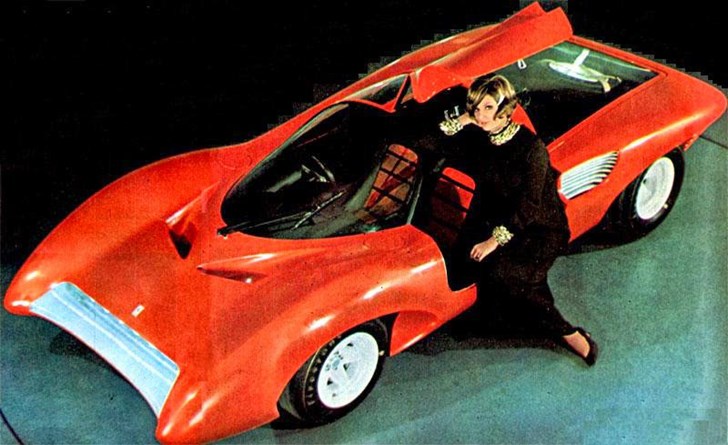
Built on P4 chassis it featured a three-litre V12 engine mounted in its tail.
Why Is This The Best Ferrari Concept Car?
The Ferrari 250 P5 Berlinetta Speciale, unveiled at the 1968 Geneva Motor Show, was a striking concept car that showcased Pininfarina's vision for the future of Ferrari design. Built on a modified 330 P4 chassis, it featured a dramatic wedge-shaped body with a long, sloping nose, a truncated rear end, and a distinctive wraparound windscreen.
The P5's futuristic design incorporated innovative elements like pop-up headlights, a periscope-style rearview mirror, and a large glass engine cover that showcased the powerful 3.0-liter V12 engine.
Although never intended for production, the 250 P5 served as a significant design study that influenced future Ferrari models and solidified Pininfarina's role as a key partner in shaping the Prancing Horse's aesthetic. The P5 won immediate acclaim for its futuristic design, even if some Ferrari purists grumbled at its perceived departure from Ferrari design orthodoxy. Built on P4 chassis number 0862, the two-seat coupe featured a three-litre V12 engine mounted in its tail. The upper body was almost entirely formed of a transparent teardrop canopy, its gullwing doors revealing a spartan two seats, driving controls and little else.
2. Ferrari Modulo Concept
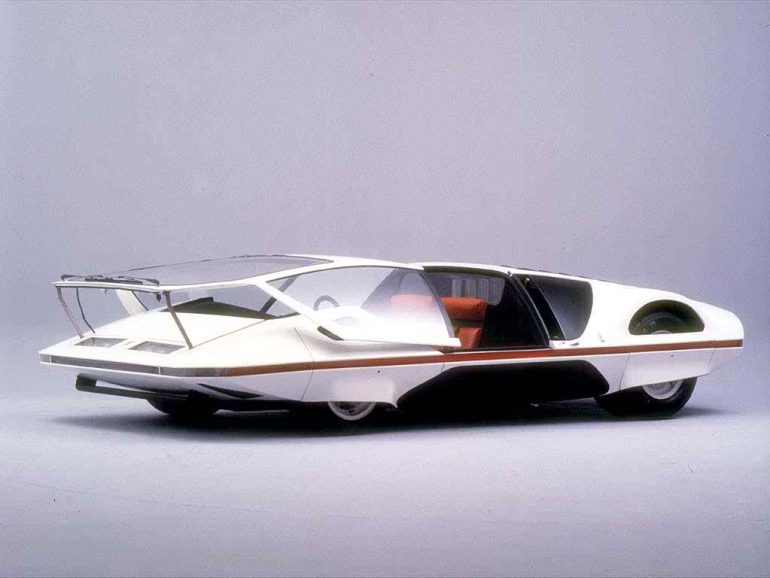
Futuristic design, sharp lines and minimalist aesthetic was very 1970s.
Why Is This The Best Ferrari Concept Car?
The Ferrari Modulo Concept, unveiled at the 1970 Geneva Motor Show, was a radical wedge-shaped design study by Pininfarina that pushed the boundaries of automotive styling. It was the brainchild of Paolo Martin, who drew inspiration from space travel and futuristic design trends of the era. Built upon a Ferrari 512S chassis, it featured an extremely low profile (just 37 inches tall!), a canopy-style glass roof that slid forward to allow entry, and partially covered wheels, giving it an almost extraterrestrial appearance.
The Modulo's futuristic design, with its sharp lines and minimalist aesthetic, captured the imagination of the public and earned it numerous awards. It was a true showstopper, with innovative features like integrated headlights and a unique 24-hole engine cover that hinted at the powerful V12 lurking beneath. While initially a static display piece, lacking a functioning engine and transmission, it was later purchased and restored to running condition by American entrepreneur and car enthusiast James Glickenhaus.
In 2014, Glickenhaus acquired the Modulo from Pininfarina and embarked on a meticulous restoration project. He sought to maintain the car's original concept car spirit while making it fully functional. The result is a breathtaking machine that can finally be experienced on the road, a testament to both Pininfarina's visionary design and Glickenhaus's passion for bringing automotive dreams to life. The Modulo remains a symbol of futuristic design and a reminder of the boundless creativity that can emerge when pushing the boundaries of automotive possibility.
3. Ferrari Vision Gran Turismo
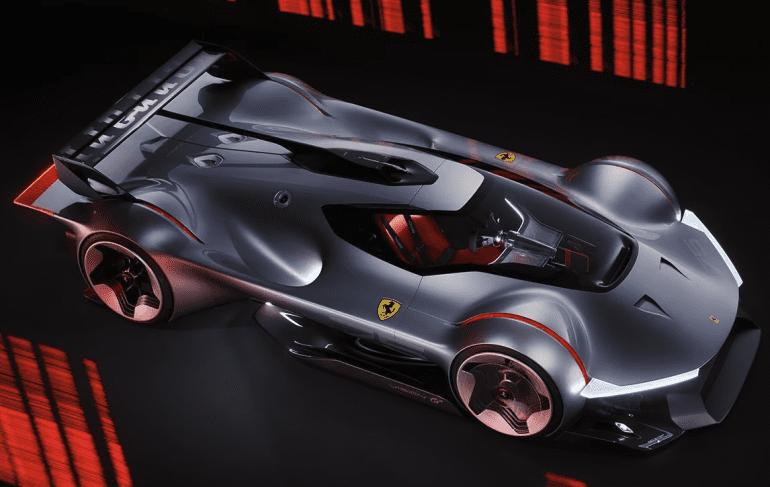
Draws inspiration from Ferrari sports prototypes of the 1960s and 70s.
Why Is This The Best Ferrari Concept Car?
The 2022 Ferrari Vision Gran Turismo Concept is a radical departure from anything we've seen from Maranello, existing solely in the digital realm of Gran Turismo 7. It's a single-seater, a form rarely explored by Ferrari outside of Formula 1, with a design that screams speed and futurism. The sculpted bodywork, with its dramatic wings, vents, and diffusers, is a testament to Ferrari's aerodynamic expertise, honed through decades of motorsport dominance. But the Vision Gran Turismo Concept isn't just about aesthetics; it's a showcase of cutting-edge technology.
Underneath its virtual skin lies a hybrid powertrain derived from the Ferrari 499P Le Mans Hypercar. A twin-turbocharged 3.0-liter V6 engine works in harmony with three electric motors, one at the rear and one on each front wheel, to generate a staggering 1,356 horsepower. This potent combination promises blistering performance, allowing players to experience the thrill of a Ferrari hypercar pushed to its absolute limits.
Beyond its performance capabilities, the Ferrari Vision Gran Turismo Concept is a design study that explores the future of Ferrari's design language. It draws inspiration from legendary Ferrari sports prototypes of the 1960s and 70s, like the 330 P3 and 512 S, with a clear emphasis on aerodynamic efficiency and dramatic proportions. The result is a car that is both futuristic and unmistakably Ferrari, a testament to the brand's ability to innovate while staying true to its rich heritage. This virtual creation offers a glimpse into the future of Ferrari design and performance, a future where th
4. Ferrari Mythos
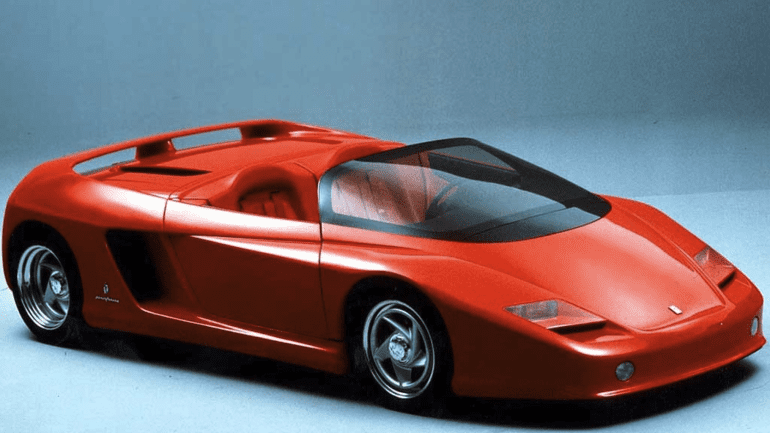
This sexy Testarossa-based concept is one we wish they made.
Why Is This The Best Ferrari Concept Car?
The Ferrari Mythos is a mid-engined, rear wheel drive concept car based on the mechanical underpinnings of the Ferrari Testarossa. Designed by Pininfarina and produced by Ferrari, its world premiere was at the 1989 Tokyo Motor Show.
The Mythos’ body was divided into two distinct sections—front and rear—both of which stretched to meet one another in a linked fashion at the side intakes. Those enormous intakes fed a 390 horsepower, 4.9-liter Tipo F113B flat-12. The Mythos sat nearly five-inches wider, was six-inches shorter in length, and three-inches lower in height than the Testarossa.
Its futuristic form, characterized by clean lines and aerodynamic efficiency, captured the imagination of enthusiasts worldwide. The absence of a roof and windshield further emphasized its focus on pure, unadulterated driving thrills. Despite its captivating design and impressive performance potential, the Mythos was never intended for production. It remained a one-off concept car, a testament to Ferrari's willingness to experiment and innovate.
Today, the Ferrari Mythos continues to be a source of fascination for car enthusiasts. Its bold design and its glimpse into a possible future for Ferrari have solidified its place as an iconic concept car. It serves as a reminder of the power of imagination and the enduring allure of the Prancing Horse.


